Five Tips for Low Sodium Living (Turkey Meatloaf)
Oct 18, 2011, Updated Oct 15, 2017

Why are so many people hooked on salt? Over centuries, we’ve been engrained as a culture to reach for the salt shaker; we forget that our salt habit started simply because we lacked access to fresh food. Our ancestors discovered that salt served as a foundation for food preservation, reducing our reliance on delicious, fresh, seasonal fare. As time progressed, salt’s market value skewed relative to its functionality — later used as currency, and as a reason for starting wars.
Sadly, as a society, it seems that in our rush towards modernization, we traded the principles of cooking with flavor for a cheap substitute called salt.
Living in today’s First World, we are free from sourcing limitations and a monopoly built upon the use of salt. We now have options: Whether we rely upon a global food supply chain or more simply, by eating local and sustainably farmed foods, it is now possible to eat better quality foods forsaking the heavy use of sodium.
5 Tips for Low Sodium Living
While it may seem like a daunting task to adapt recipes and eating habits towards a low sodium lifestyle, it takes only a few incremental changes to chart a new course and start sailing in a new direction. We wished we’d known these tips at the beginning of our journey:
- Spices, herbs, and citrus zests are all natural flavors that pack a heavy punch.
- Choose and eat highly flavored foods during the initial adoption period. Going cold turkey is for the brave. It takes a few weeks for the taste buds to recalibrate themselves: Allow time for your taste buds to become alive again without salt. The goal is to swap out salt and replace it with something of equal flavor value; without doing so, one risks the potential of falling off the cliff and believing that all low-sodium food actually tastes like cardboard. You’ll find many highly-flavored ethnic recipes from around the world on our blog: it’s a great way of stepping into the low sodium foods arena.
- Avoid overexertion by trying to cook three meals from scratch each day. We found this was the fastest route to “burn out.” After much “rubber banding,” and to avoid the simultaneous crush of our day jobs and balancing the rest of our life, we now cook and plan a little smarter.
- Have a set of simple “staples” and an arsenal of comfort food recipes on hand. Have the ingredients to make them in the fridge awaiting standby use. For us, this varies seasonally. These staples easily pair with other easy foods: Basil pesto, citrus dipping sauce, pineapple and mango salsas.
- Cook in batches or — make meals that rely on common ingredients (i.e., roasted, barbecued, or poached chicken/fish/vegetables, rice or grains). To make it a little more lively, whip up a couple of new sauces during the week to toss with the “staples.”
Since we’re not the love-them-and-leave-them types, we’re including our “Luscious Turkey Meatloaf Recipe,” useful when you’ve got a hankering for comfort food.
I was raised on the prairies, where grains are a central force in the economy and to the food: Our family recipe (now further adapted) uses steel-cut oatmeal as a way to lighten up the traditional heaviness of the turkey meatloaf, and it also helps to retain moisture in during baking. Light, moist, and warm — comfort food at its finest.
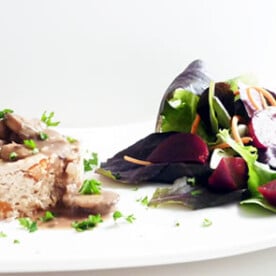
Turkey Meatloaf
Ingredients
Meatloaf Base
- 3 tablespoons olive oil
- 1/2 cup chopped carrots
- 1/2 cup chopped celery
- 1/2 cup chopped cnion
- 2 pounds ground turkey breast
- 2/3 cup steel cut oatmeal, dry, uncooked
- 2 egg whites
- 1 1/2 cup low-sodium chicken stock
- 1/2 teaspoon grated lemon zest
- 1/2 tablespoon crushed garlic
- 1 tablespoon balsamic vinegar
- 1 teaspoon ground chili powder
- parsley, for garnish
Mushroom Sauce
- 4 tablespoons flour
- 4 tablespoons olive oil
- 2 1/2 cups low-sodium chicken stock
- 4 chopped shallots
- 1 tablespoon puréed garlic
- 12 ounce sliced mushrooms
Instructions
Meatloaf base
- Preheat oven to 350 degrees Fahrenheit.
- In a frying pan, heat the olive oil. Once the oil is hot, add carrots, celery, and onions and sauté until the onions become roughly translucent. Remove from heat and set aside.
- In a large bowl, combine the remaining ingredients (including the carrot, celery, and onion mixture, above) and mix evenly. Lightly press the mixture into a baking pan, such as an 8" square pan.
- Bake at 350F for approximately one hour, or until the center is no longer pink. You will notice that the “liquid” has mostly cooked off from the top of the loaf.
- Once the meatloaf goes in the oven, start making the sauce.
Mushroom Sauce
- In a separate mixing bowl, make a butter- and lump-free “roux” by mixing the white flour and cooking oil together. Set aside.
- Sauté over medium heat: 6 Tbs chicken stock, chopped shallots, pureed garlic, and sliced mushrooms. If necessary, keep adding chicken stock, a little at a time, until the mushrooms become tender.
- Add the flour/oil “roux.” Cook for about a minute, stirring quickly.
- Slowly add the remaining chicken stock, until the sauce thickens. Remove from heat, and serve over the turkey meatloaf. Garnish with parsley.
Nutrition

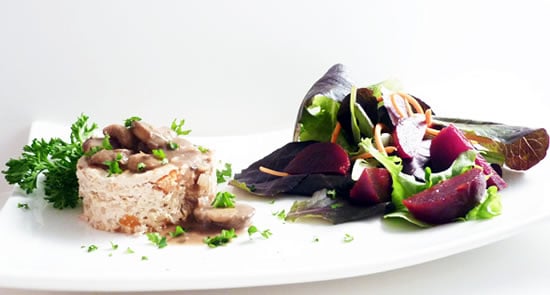

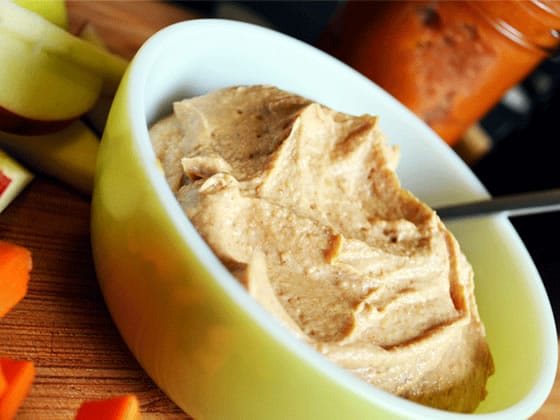

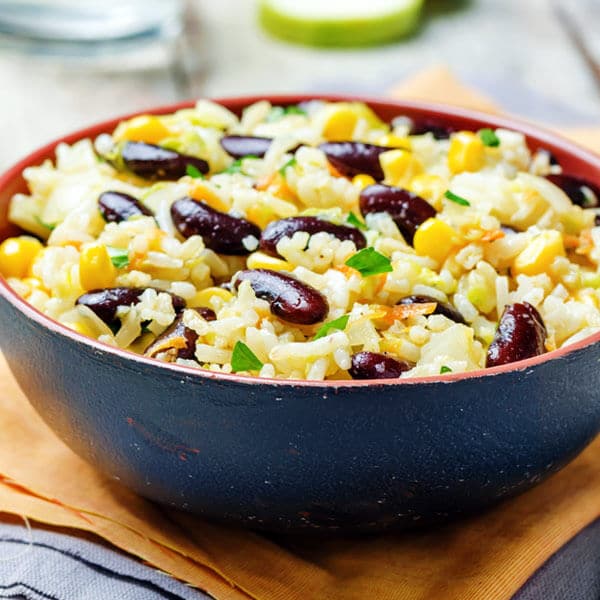
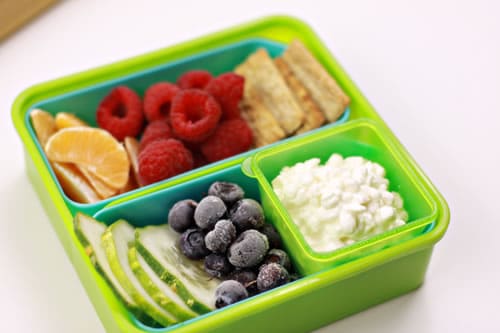















where is the nutritional values? Most people watching sodium need the nutritional values/counts of a recipe
This looks like a dynamite meatloaf recipe. I cannot find information on the amount of sodium per serving. Did I miss something? Thank you!
Hi Sarah. I think it’s great that you’re moving towards a lower sodium intake. Something I keep in mind: “lower sodium” soy sauce, even though it is “less sodium” (and isn’t actually “low sodium” by FDA standards) – it still contains a fair amount of sodium 🙂 Sometimes the details are buried on the (small print) backside of the package using FDA mandated serving size portions (which may not be the actual amount that I would normally use). Lower sodium soy sauce can actually add up towards the overall sodium count pretty quickly. Iodine: I try to think of it this way: edible salt does not typically naturally contain iodine (typically an additive for iodized salt). I think I read somewhere that here in the US, two grams (2000 mg) of iodized salt contains approximately the daily recommended amount of 150 mcg iodine – which seems like a lot of… Read more »
Hi Sarah, we’re glad you like the article. That’s a good question about iodine. A quick google search may reveal various foods that iodine occurs in, or perhaps a nutritionist can chime-in with more information. Thanks!
Thanks for the article! I was just thinking about sodium the other day. We stopped cooking and seasoning with salt a while ago and we buy low-sodium any time we buy canned products and soy sauce. As we inch our way closer to living a completely unprocessed life, I wonder about iodine intake. Seaweed is not a big part of our diet and I’m curious if we will get enough iodine without salt in our lives. Any advice?
I personally don’t have a sodium health issue but my DH is still on blood pressure meds despite how well I feed him! You have inspired me to really try harder to cut out more sodium! Thanks!
Liz, I hope your husband is doing well. As for the “loso” wagon, I actually feel much better overall cutting down the salt intake. Hope you enjoy the turkey meatloaf!
My husband had a heart attack 8 months ago, our motivation to jump on the “loso” wagon. This looks like a delicious recipe for meatloaf – I’m on the printer. Thanks!